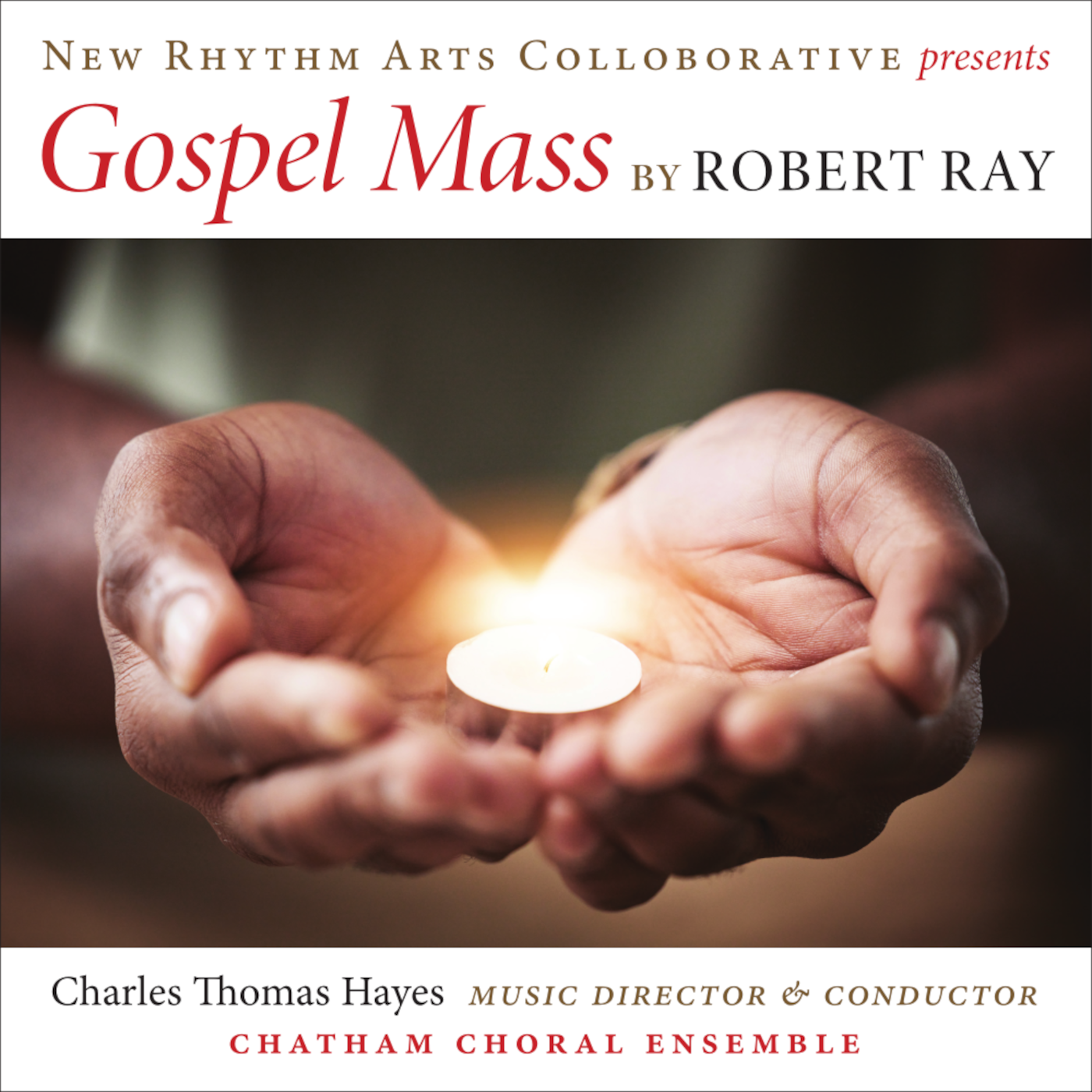Gospel Mass grew its audience over time
That opened up the mass to other changes. The Rev. Clarence Rivers, a musician and the first black Catholic priest in the archdiocese of Cincinnati, was an advocate for the use of African-American spirituals in the Catholic liturgy.
Ray, a graduate of Northwestern University in music and piano performance, was asked to be on Rivers’s liturgical team.
“We went around the country, advocating the use of jazz and African-American music in the liturgy,” Ray recalled. “We pretty much talked to black Catholics and got a mixed reaction. Some people had joined the Catholic church because they wanted to get away from that traditional music.”
In spite of that, Rivers and Ray continued their workshops with the National Office of Black Catholics. Ray had just begun teaching at the University of Illinois-Urbana, when he was asked to try composing an African-American style Mass.
From the beginning, Gospel Mass was wildly successful.
The official premiere was in 1979 at the University of Illinois-Urbana, with a chorus of Ray’s students.
“There was an incredible response,” Ray recalls. “We performed to jam-packed houses. I was very, very excited. To have that kind of response to the first work you have ever written was very gratifying. Like I said: ‘It was the hand of the Almighty.’ ”
Even so, Ray never expected Gospel Mass to be performed again. He packed the music in storage and went on with his life. Several years later a friend asked to use Gospel Mass in a high school concert.
That concert hooked up Ray with the Hal Leonard music publishing company, which published Gospel Mass and all Ray’s other work.
The piece, he believes, struck an ecumenical chord that “allowed people of all denominations or faith to embrace the style.”
The music for the Mass, like other pieces Ray later composed, was based on his own musical experience, growing up in the African Methodist Episcopal Church.
When Gospel Mass is performed in a Catholic church, it is sung around Communion. On Sunday, the Mass’s six movements will be performed as a concert, without Communion. Some churches use one movement during a service, such as the credo, “I Believe,” and “Hallelujah.”
Keith Williams, director of Contemporary Worship & Fine Arts at Westchase Campus, says the diverse congregation and visitors can expect wonderful singing with a conductor who is “very lively, exciting and energetic.”
No matter how many times Ray, 63, has conducted Gospel Mass, it’s as exciting as the first night.
“Everything about each performance has been special,” Ray said. “It’s different each time because of the nature of the choirs, the soloist and the instrumentalist.”
Like any parent, Ray has his favorite sections, such as the “I Believe” credo and “Hallelujah, Praise the Lord.”
“There is a special story behind ‘Hallelujah,’ ” Ray recalls. “It was written the night before the premiere and taught by rote to the chorus. I came in and taught it that night.”
barbara.karkabi@chron.com Jan 16, 2009 By BARBARA KARKABI

